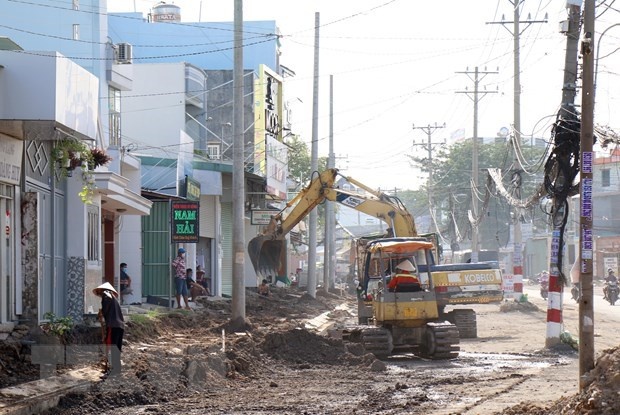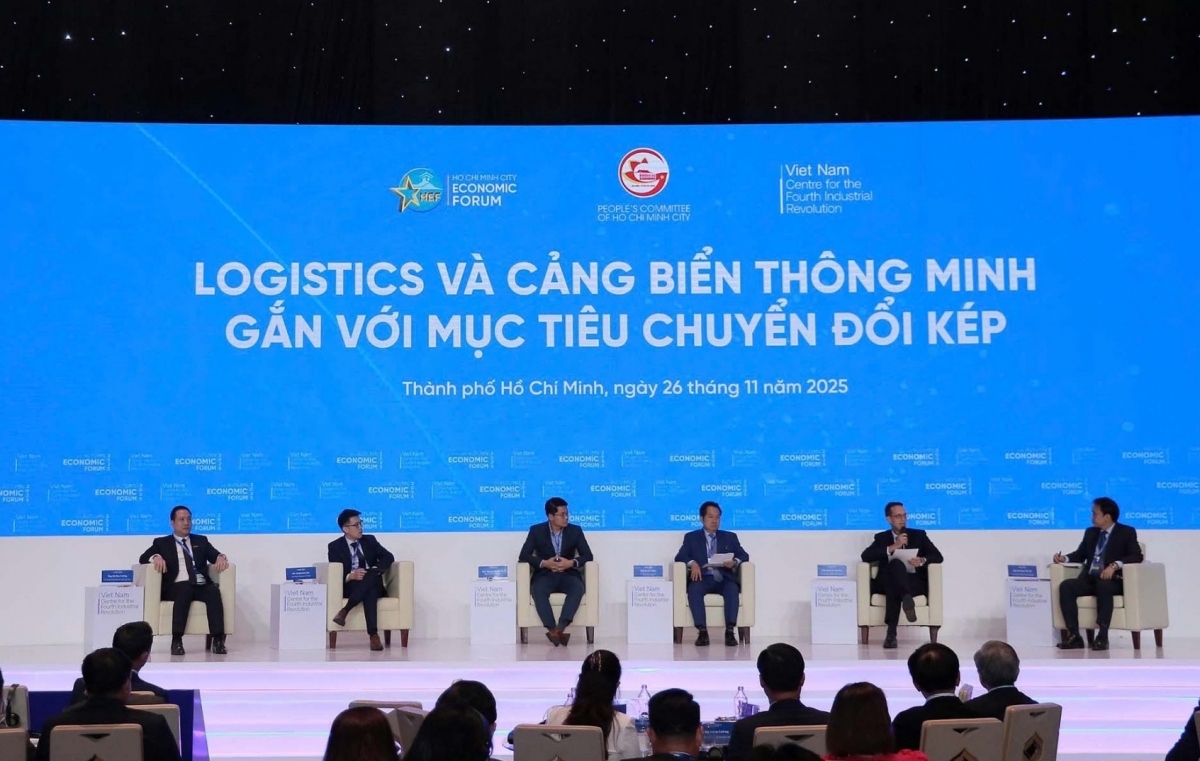INTERNATIONAL INVESTMENT
AND PORTAL
 Illustration photo: VNA
Illustration photo: VNA
The National Assembly Economic Committee’s research group has announced a study on Vietnam’s upcoming programme on economic recovery and development currently under debate. This 2022-2023 programme is estimated to cost 5.48 per cent of GDP in 2021, or about $19.3 billion.
It is suggested in the study that about $6.52 billion should be given to infrastructure development, with a priority for interregional projects named in the nation’s list of state-funded projects and for projects whose investment procedures have been completed and which are half-implemented and lack capital.
However, according to the Ministry of Planning and Investment’s estimations, this programme on economic recovery and development is roughly valued at about $34.78 billion, of which about $9.56 billion will be for infrastructure development.
The programme will be scrutinised by the government before being considered and adopted by the National Assembly this month. It is expected to help the economy grow by another 1 per cent annually, meaning 6.5-7 per cent in 2021-2025.
The $34.78 billion is expected to be mobilised from saved recurrent spending, government bond issuance, non-budget state-owned financial funds, and foreign exchange reserves funds, as well as loans from financial institutions.
Prime Minister Pham Minh Chinh last week said that in this programme, the government will mobilise all possible resources to invest in infrastructure systems, especially strategic infrastructure including roads and telecommunications.
“Without infrastructure, we cannot improve people’s lives or attract more high-quality investment,” PM Chinh said.
The Asian Development Bank (ADB) estimates that Vietnam would annually need at least $16.7 billion on average for the 2015-2025 period to finance its infrastructure development needs. The World Bank, meanwhile, forecast up to $25 billion a year.
At the strategic dialogue between Vietnam and the World Economic Forum organised at the end of October, PM Chinh stated that in infrastructure development alone, Vietnam will annually need $30 billion from now until 2030. Vietnam is actively implementing large-scale investment programmes, particularly in critical infrastructure.
“We are promoting projects pertaining to inter-regional transportation infrastructure, green energy and infrastructure, and national digital infrastructure with rippling impacts,” the PM said. “Such endeavours will provide fresh economic impetus. Apart from the pioneering role of public investment, we urge new business and investment models, including public-private partnerships, that encourage foreign and private investment in infrastructure.”
According to the Infrastructure Group of the Vietnam Business Forum, the government’s fresh message is important given that Vietnam is growing and urbanising swiftly. To continue along this trajectory, it needs massive amounts of new infrastructure.
“Vietnam’s public finances are not in a position to supply the capital for such massive new infrastructure development. In order for such infrastructure to be developed on a sustainable basis over the next years and decades, private capital will be needed,” the group said in a document. “Private capital will only be provided if the conditions are appropriate.”
ADB country director for Vietnam Andrew Jeffries told VIR that a fast-growing nation like Vietnam requires much more infrastructure. “Vietnam is considered as one of the countries with the highest logistics costs in the region, with about 20 per cent of GDP. In the medium and long term, priority should be given to infrastructure development and logistics cost reduction to improve Vietnam’s competitiveness,” he said.
PM Chinh also revealed that in the short term, the programme on economic recovery and development also includes the master plan to reopen the economy in tandem with containing COVID-19, and plans to bolster healthcare capacity, particularly preventive and grassroots healthcare capacity, ensure social security and create jobs, assist businesses in fostering recovery, develop infrastructure, and more.
“We are also making every effort to improve our institutions,” the PM noted. “The government will continue to provide every favourable conditions for investment in prioritised sectors with preferential benefits. We look forward to the assistance of foreign-invested businesses in training a high-quality workforce, utilising scientific advancements, stepping up research and development, promoting innovation, and helping Vietnam become a hub in regional and global value chains.”



















